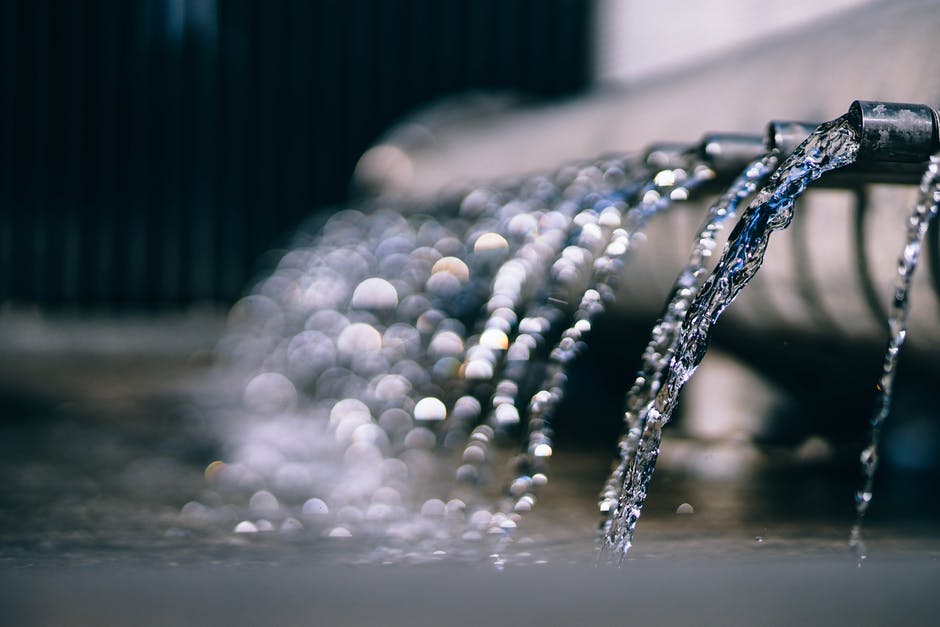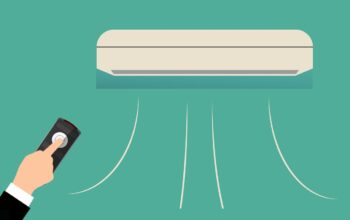It is an interesting fact that you get up and turn your tap on and simply accept the fact that water is there. Despite the advancement of humanity there are still an estimated 790 million people in the world without access to clean water. There are even more who don’t have access to running water.
Of course when something goes wrong with your hot water systems then you become a little more appreciative of the difficulties that these people face every day. That’s why it’s so important that you check your pipes on a regular basis and understand how to tell if they are worn out.
Here are the 4 easiest ways to tell:
- Debris
You may have a filter in line before the water comes out at your tap; this should catch any debris in your water. However, if you don’t and you start to notice tiny particles in your water then it is likely that the inside of your pipes is starting to break down. This will almost inevitably lead to a hole in your pipes and perhaps a serious leak.
Of course there is no guarantee that the debris is coming from the pipes in your home which is why you need to follow this check with the others.
- Leaks
Take a good look round all the pipes in your house. You should feel them whenever possible but be careful if they are hot water pipes!
You are looking for any potential leaks. Even the smallest drip can signal trouble. You may think it is a connection issue if the leak is at a joint but this is not necessarily the case.
A leak can signify that your pipes have eroded significantly enough that they are about to give up.
Don’t forget to check the walls, floors and even ceilings where you know that pipes currently run. Any damp spots, stains or mildew and mold can indicate a leaking pipe; you’ll need to investigate further.
- Corrosion
During your visual inspection it is a good idea to look at the condition of the pipes. If they are starting to show signs of corrosion then it is time to consider replacing them.
This may show as a color distortion, dimpling or even flaking of the pipes. This can happen to relatively new pipes if they are unused for extended periods.
- Discoloration
Another important test is to look at the color of your water. It is normal for it to appear cloudy although the cloudiness should settle if you leave a glass of water on the side for a few moments.
However, if your water starts to look dirty then it is possibly contaminated by local water works or you have rust inside your pipes. It will also taste unpleasant if you decide to drink it.
Once your pipes are starting to rust from the inside, causing the discoloration, it is essential to get them replaced.
Don’t forget just one dripping pipe can use approximately 30 gallons of water in a month; imagine what a broken pipe could do.
Related Posts

Loves home. I am here to provide how to make your home a much better place. 🙂 Blogging about HomeDecor, Home Improvements and more.











